Authors through the ages have found story inspiration in mythical creatures. From fauns and mermaids to the more unfamiliar, here is a mythical creatures list (with examples from books) to inspire your own fiction:
1. Fauns
'Hybridity' is a common element in many mythical creatures. Biology defines hybrids as:
(of an animal or plant) having parents of different species or varieties
Oxford Dictionaries Online
In ancient Roman legend and statuary, for example the faun - a half man, half goat - was a common figure. A faun was typically depicted as having the head, torso and arms of a human and the hind quarters and tail of a goat.
Fauns were modelled on the Greek God 'Pan', and were often characterized as music-loving. Besides fauns' association with music, they were also associated with mischief, fertility, and peace.
A famous faun in fantasy literature is Mr Tumnus in C.S. Lewis' The Lion, The Witch and the Wardrobe. Fauns were also associated with woods and depicted occasionally as woodland guides. So it is fitting that it's Mr Tumnus the faun who guides Lucy Pevensie when she stumbles through a portal into the snowy, woodland world of Narnia.
Example of a faun in fiction: Mr Tumnus in The Lion, The Witch and the Wardrobe
When C.S. Lewis first describes Mr Tumnus in The Lion, the Witch and the Wardrobe, he focuses on signs of Mr Tumnus's unusual hybrid appearance:
He was only a little taller than Lucy herself and he carried over his head an umbrella, white with snow. From the waist upward he was like a man, but his legs were shaped like a goat’s (the hair on them was glossy black) and instead of feet he had goat’s hoofs. He also had a tail, but Lucy did not notice this at first because it was neatly caught up over the arm that held the umbrella so as to keep it from trailing in the snow.
C.S. Lewis, The Lion, The Witch and the Wardrobe (1950), p. 8
Lewis gives Mr. Tumnus human-like qualities that make a half-goat, half-human figure more surprising. For example, his carrying an umbrella.
Mr Tumnus's animal-like features affect how he navigates his environment (he carries his tail to stop it trailing in the snow). These small details give extra life and specificity to the character, making the mythical more relatable and human still - we can empathize with the faun's most basic struggles.
Practical takeaways
If you create a hybrid mythological creature, think about:
- The practicality of being hybrid: What perks does the creature have? What's harder (e.g. having a tail that drags in the snow)
- What physical features would a casual observer notice immediately (e.g. Mr Tumnus's glossy-haired goat-legs)? What features would reveal themselves over time?
2. Sea-people (sirens/mermaids/selkies)
Any mythical creatures list would be incomplete without mermaids and their kin.
From the sirens of Homer's Odyssey whose singing lures sailors to jagged rocks, to the famous fairy tale (and Disney adaptation) The Little Mermaid, to the 'selkies' (drawn from Faroese and Scottish legends) in J.K. Rowling's Harry Potter series, mermaids and other sea creatures have featured widely in storytelling.
Mythological sea creatures often exude mystery and/or menace. The sirens are dangerous temptresses, whereas in Hans Christian Andersen's original Danish fable Den lille havfrue, it is not the mystery of sea creatures' world that lures humans, but the reverse. The human world above the water holds allure for the little mermaid of the title.
Example of a Mermaid in fiction: Den lille havfrue
In Hans Christian Andersen's version, mermaids are able to visit the surface of the ocean for the first time upon turning 15. The little mermaid of the title is the youngest of 5 siblings and must wait her turn for this experience.
From the first pages, Andersen invests the ordinary, human world with a deep sense of wonder:
Nothing gave her greater pleasure than to hear about the world of human beings up above; she made her old grandmother tell her all that she knew about the ships and towns, people and animals. But above all it seemed strangely beautiful to her that up on the earth the flowers were scented, for they were not so at the bottom of the sea; also that the woods were green, and that the fish which were to be seen among the branches could sing so loudly and sweetly that it was a delight to listen to them.
Hans Christian Andersen, 'The Little Mermaid' in Hans Christian Andersen's Fairy Tales, edited by Ernest Rhys
HCA makes the most natural elements of our world - fauna and flora - exotic and 'other' through the eyes of a mythological, sea-dwelling being.
Practical takeaways
When including mythological creatures in a story, think about:
- What are the rules and limitations of their habitat? Where may they go and not go and why?
- Their desires and what they're curious about: What would seem novel, strange or threatening to a creature whose habitat was completely different to our own?
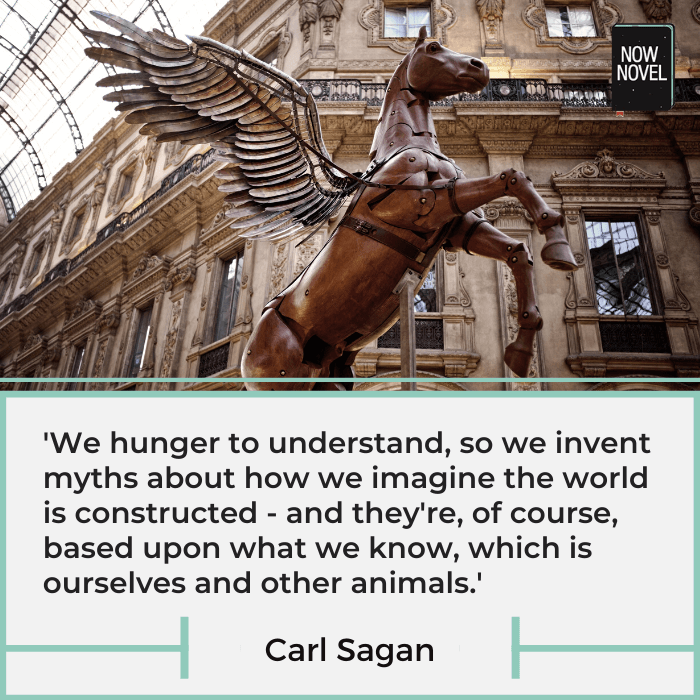
3. Griffins
Griffins are mythical creatures that have the body, tail and back legs of a lion and the head and wings of an eagle.
The griffin was associated with gold in Roman times, and became a Christian symbol of divine guardianship (both the eagle and lion are associated with bravery and the majestic).
Griffins have a long history as mascots and in heraldry. Images of griffins have often been used to suggest strength, leadership and courage. J.K. Rowling evokes this symbolic meaning in her use of the griffin in her Harry Potter series:
Example of griffins in fiction: Harry Potter
In J.K. Rowling's Harry Potter fantasy series, the name of the school house Harry is sorted into is 'Gryffindor' (which is almost a homophone for 'griffin d'or' or 'golden griffin' in French).
Given the above, it's apt that students belonging to Gryffindor house have qualities of bravery and strength. Many of its members make great sacrifices fighting the series' arch-villain.
In Chapter 12 of Rowling's Harry Potter and the Chamber of Secrets, we learn that the headmaster Albus Dumbledore's office has a griffin-shaped knocker:
Behind the wall was a spiral staircase that was moving smoothly upward, like an escalator. As he and Professor McGonagall stepped onto it, Harry heard the wall thud closed behind them. They rose upward in circles, higher and higher, until at last, slightly dizzy, Harry saw a gleaming oak door ahead, with a brass knocker in the shape of a griffin.
J.K. Rowling, Harry Potter and the Chamber of Secrets (1998).
Practical takeaways
There are no actual griffins in Harry Potter and the Chamber of Secrets. Yet Rowling's use of the brass griffin knocker at the entrance to Dumbledore's office to evokes a sense of mystery as well as the qualities of the griffin (leadership and guardianship). The same goes for her use of the word griffin to form new names.
Think of how you can use mythical creatures to:
- Evoke symbolic association through names and art objects in your world
- Create a sense of your world's symbolic imagery and history
4. The Hydra
In Ancient Greek myth, the hydra was a many-headed serpent slain by Hercules (or Heracles) as one of 12 near-impossible tasks he was required to carry out in penance for killing his wife and children.
The myth of the Hydra evolved over time. Later versions of the myth, such as Euripides', describe how two heads would grow back in place of each cut off.
We find references to Hydra in stories from Homer's Iliad to Plato's political writing to the Marvel comic book universe.
Example of a hydra in fiction: Marvel lore
In the Marvel comic book franchise, HYDRA is the name of an organization determined to attain world domination.
It's a clever name for a malevolent organization that mutates and 'grows back' (like one of the serpent's heads) each time heroes defeat it (e.g. when Captain America defeats it in 1945).
Marvel's authors used the name 'HYDRA' much the same way as Plato did in his Euthydemus. Plato compared Euthydemus and his brother Dionysidorus to the Hydra, because they would grow two new arguments in debate for every false one refuted.
The naming of the organization suggests this mutating, self-regenerating aspect of ideology. It suggests how removing one authoritarian tyrant can result in twice the problems - in new heads, re-groupings, that keep darker ideas and objectives alive.
Practical takeaways
Looking at how Marvel used the name HYDRA, and how Rowling used the griffin, think about:
- Ways you can use mythological creatures metaphorically
- Ways mythological creatures might evolve over time in how your characters imagine them (for example, the way the Hydra acquired the ability to regrow its heads)
5. Dragons
Dragons are an obvious choice for any mythical creatures list. They are one of the fantasy genre's most recognizable tropes.
Dragons in stories range from the cute - as in How to Tame your Dragon - to the fearsome.
Sometimes their use is unconventional, reinvesting the trope with new life. For example, in J.K. Rowling's magical world, the wealthiest account holders at Gringott's Wizarding Bank have vaults guarded by dragons.
There is no clear consensus about where the concept of the dragon originates. Yet dragons have long been associated with ancient, prehistoric menace and majesty.
Example of dragons in fiction: A Game of Thrones
In George R. R. Martin's A Game of Thrones, dragons aren't used in an overtly trope-heavy way. Instead, they're first introduced in metaphorical terms, to describe the character Daenerys' brother's anger:
It was also said that he’d never had a friend he wouldn’t cheerfully sell for the right price. Dany listened to the talk in the streets, and she heard these things, but she knew better than to question her brother when he wove his webs of dream. His anger was a terrible thing when roused. Viserys called it “waking the dragon."
George R. R. Martin, A Game of Thrones (1996).
Further on in the chapter, the reader learns of how Daenerys' brother is hell bent on regaining control of Westeros after his father's royal house was exiled. Here, dragons recur as a metaphor:
In the Free Cities, they talked of Westeros and the Sunset Kingdoms. Her brother had a simpler name. “Our land,” he called it. The words were like a prayer with him. If he said them enough, the gods were sure to hear. “Ours by blood right, taken from us by treachery, but ours still, ours forever. You do not steal from the dragon, oh, no. The dragon remembers.”
Martin, A Game of Thrones.
Practical takeaways
Although there are actual dragons in the series, too, they do not arrive breathing fire and rampaging through towns from the start. George R. R. Martin first uses dragons metaphorically, to describe Viserys' anger and memory.
Dragons thus aren't reduced to two-dimensional tropes but instead gather symbolic power from early in the novel.
If your story uses mythological creatures, try to:
- Weave mythic creatures into the language, the images, similes and metaphors characters use
- Avoid the most obvious first introduction. Keep fire-breathing, real dragons for moments where you really need that climactic drama
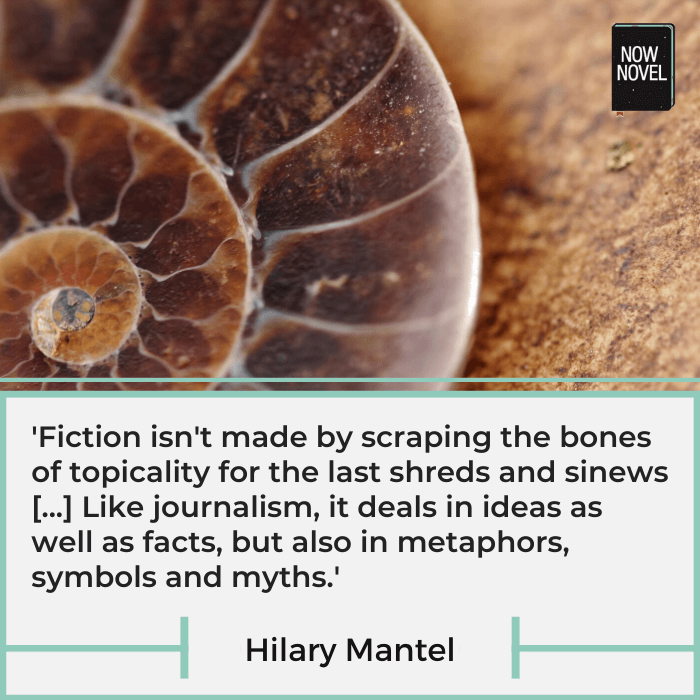
6. The Kraken
The Kraken is a massive marine creature resembling a giant squid from Scandinavian folklore.
Ordinary creatures made legendary by their size are common mythical creature types.
As early as the 13th Century, Norwegian and Icelandic authors were writing accounts of an enormous sea creature that resembled land in the water (due to its size) more than a fish. Sir Alfred Lord Tennyson published a sonnet about the Kraken in 1830, and a description of the Kraken by the Bishop of Bergen inspired Jules Verne's description of the giant squid in the sci-fi/adventure novel Twenty Thousand Leagues under the Sea.
Example of Kraken in fiction: 20 Thousand Leagues
In Jules Verne's novel, ships of various nationalities sight a large, unknown creature, sparking an expedition to find and destroy this 'sea monster'.
Verne invests the sighting of a giant squid with a sense of alarm and horror:
I stared at Conseil. Ned Land rushed to the window.
"What an awful animal!" he exclaimed.
I started in my turn and couldn't keep back a movement of revulsion. Before my eyes there quivered a horrible monster worthy of a place among the most farfetched teratological legends.
It was a squid of colossal dimensions, fully eight meters long. It was traveling backward with tremendous speed in the same direction as the Nautilus
Jules Verne, Twenty Thousand Leagues Under the Sea (1870), translated by F.P. Walter
Verne creates a sense of terror of encountering an unknown creature of jaw-dropping size. The squid immediately becomes a source of danger to the Nautilus.
Practical takeaways
Verne's story, being an adventure novel, makes the mythological unknown a source of peril and conflict in his characters' quest. If you create hostile mythological creatures in a story, ask:
- What emotions do they evoke in characters? Are they treated with reverence, fear, revulsion, or a mix of these emotions?
- If there is conflict between mythical beasts and characters, what are its origins? (For example, intrusion on habitat)
The above are just 6 mythological creatures and some of the ways they've inspired stories. Other mythical creatures include:
- Unicorns
- Werewolves
- The Chimera
- Hippogriffs
- Leprechauns
- Trolls
- Fairies
- Gnomes
As an exercise, pick one of the above creatures. Research a little about their features. Try to:
- Use their name metaphorically in the name or acronym of an organization, school or other institution (see the way Marvel used HYDRA).
- Write a short paragraph describing a character's first encounter with one of these mythical creatures.
Brainstorm details about your world and its inhabitants in easy, simple steps on Now Novel.

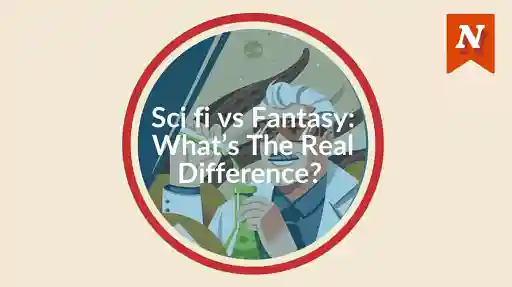
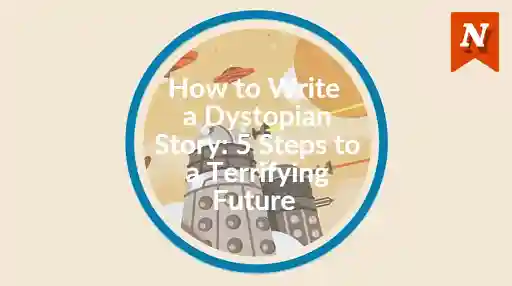

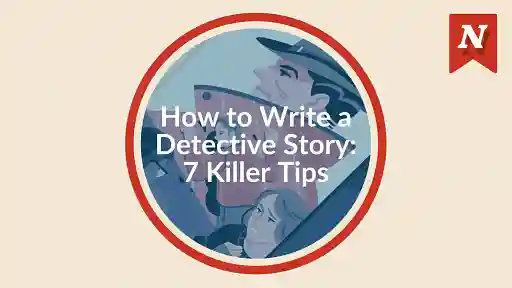
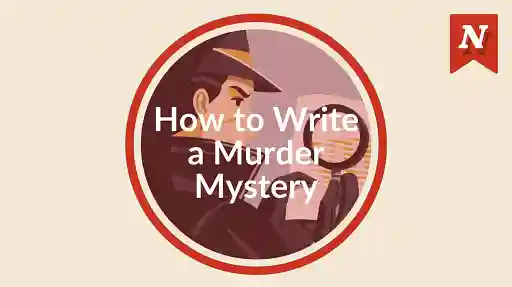



I have been developing a monster called the Denox to incorporate in my book, I’m not sure about it though. Can you give me some advice? The denox is a ‘evil’ Version of the Phoenix. Is the name denox to much like Phoenix?? Also what aspects/abilities should I give the denox to make it more ‘evil?’
Laney Mc Donald - Over 5 years ago
Hi Laney, thank you for sharing that. It's an interesting concept. I'd say if it's linked to the phoenix than having a name reminiscent of it makes sense. Denox I'd say is just similar and just different enough. I like the connotations of night (in 'nox'), given the phoenix's bright/flame/rebirth associations. Since phoenixes are associated with healing and rebirth, it would perhaps make sense to give the denox powers and features associated with death/decay/the ending of the life cycle. Good luck!
Jordan At Now Novel - Over 5 years ago
Hi, I'm writing a novel currently and this girl must choose a house pet to live with in her dorm that manages her powers. I'm stuck on which animal I should chose, or whether I should make up my own. Her powers are most commonly situated with clouds, illusions, and wings. So would it make sense to use a dove?
Amira Mitchell - Over 4 years ago
Hi Amira, thank you for the interesting question. A dove or other bird does make sense if there is an aerial association with her powers (other aerial creatures such as dragonflies could also work). 'Illusions and wings' also makes me think of a butterfly or moth, since some create illusions with their wings' patterning (although there are tropical birds that do the same). I hope this is helpful! Good luck with your story.
Jordan - Over 4 years ago
I'm working on a concept of a misfit garden. A place where live fantasy creatures who don't fit in well with their own kind. The setting is a magical pumpkin patch glamoured by strong fae magic. I'm trying to figure out what fantasy folk live there. No one can see them except for the maintenance guy and the new owner of the property.
Dona Fellows - Almost 4 years ago
Hi Dona, That's a lovely idea. Thinking of habitat, if it is a smaller garden they would likely be smaller creatures (versus if it is wild, vast and overgrown, perhaps larger creatures would have sufficient space). Then I'd think about how/why different creatures would co-exist (for example, one has types of bird in Africa that clean larger predators' teeth and get sustenance themselves in exchange). So in other words, what magical creatures could be symbiotic in this space? Or is there some potential conflict too? I would think about the size and nature of the garden and the broader story purpose of this misfit group and lead from there. Also, what type of creatures would one find in or near a 'regular' pumpkin patch? Perhaps there are some ideas there. I hope this helps!
Jordan - Almost 4 years ago
This is ok
Lorelei - Almost 3 years ago
Thank you for your feedback and for reading our blog, Lorelei! Do you have any suggestions for how we can improve this article? We value our readers' input :)
Jordan - Almost 3 years ago
Thank you for this awesome article! I love incorporating mythical creatures into my writing.
Erica - Almost 3 years ago
Hi Erica, thank you for sharing your kind feedback and for reading our blog.
Jordan - Almost 3 years ago